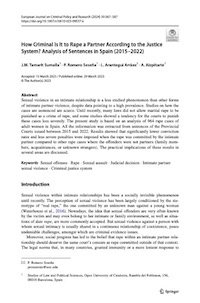By: Steven Teutsch, Yasmin Hurd, and Elizabeth Boyle
The landscape of cannabis legalization in the United States has been changing dramatically. Cannabis is now available throughout the United States, with policies that vary significantly in terms of public health protection. In most states, legalization occurred through ballot initiatives and public ad campaigns often financed by wealthy donors. Voters acknowledged cannabis’s widespread use, its large illegal market, the criminalization of seemingly minor infractions, and discrimination in enforcement. Today, changes in the classification of cannabis under the federal Controlled Substances Act are pending, as is a possible change in the definition of “hemp.” These sweeping changes are occurring when many of the health consequences of cannabinoids remain quite uncertain. And those changes are coupled with a disturbing legacy of discrimination during the “war on drugs,” with associated devastating consequences for individuals and communities of color in particular. The legalization of an increasingly powerful intoxicating drug has necessitated a greater fusion of public health and drug policy in the states.
In the face of this complexity, how, then, is one to assess the consequences of the changes in cannabis policy for public health and social equity? This was the charge to the Committee on the Public Health Consequences of Changes in the Cannabis Landscape. The 2017 report of the National Academies of Sciences, Engineering, and Medicine, The Health Effects of Cannabis and Cannabinoids: The Current State of Evidence and Recommendations for Research, focuses on the health effects and potential therapeutic benefits of cannabis, noting the paucity of high-quality studies on its health effects. Regrettably, little has changed in this regard since that report was published, and scant to no research exists on the explosion of new cannabis and cannabinoid products. The present report focuses on the public health consequences of cannabis policies that have not been examined by the National Academies.
States have received little federal guidance on how to proceed regarding the health impact of cannabis on the public and communities. Other than two memoranda deferring to states, the federal government has been noticeably missing from this dialogue. Yet cannabis can cause real harms, as multiple investigators, families, and various groups attested to our committee. The tools of public health—assessment, policy development, and assurance—can provide the critical health information decision-makers need to protect the public health and make amends for past cannabis-related inequities, but those tools are only slowly being applied.
With legalization by states now widespread, it is time to ask about its impact, especially given the large variation in state policies. These natural experiments provide a rich but very complex set of experiences for analysis, but these policies are all of relatively recent vintage. Consequently, available products, use patterns, and markets have not yet stabilized. Facing these challenges, the committee reviewed what is known about these policies, formulated recommendations where possible, and delineated a path forward. With a strong commitment to policy research and the application of traditional public health tools, we fully anticipate that better and more consistent policies will unfold.
This report would not have been possible without the deep expertise, wide range of perspectives, and strong commitment of all the committee members. Elizabeth Boyle, study director, and her National Academies colleagues, Khala Hurst-Beatty, Alexandra McKay, and Mia Saltrelli, labored long and hard to tie together all the disparate pieces of this report. We are deeply grateful to all of them. Lastly, we want to express our appreciation to our sponsors, the Centers for Disease Control and Prevention and the National Institutes of Health, without whose vision this study would not have been possible.
The National Academies Press 2024





















